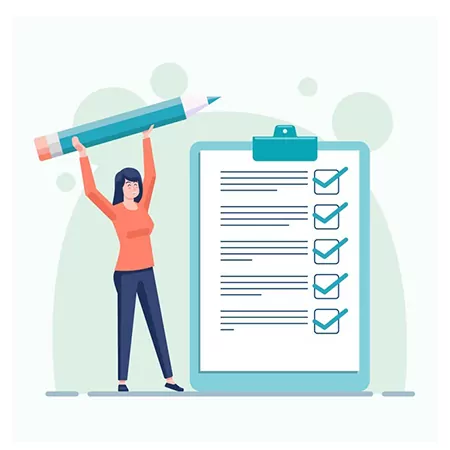New to writing essays? Don’t worry; we’ve all been there.
Essays are focused pieces of writing that are an integral part of your school and university experience. There are four types of essays you’ll encounter when writing: argumentative, persuasive, narrative, and descriptive. The kind of essay you want to write depends on what you want to convey.
No matter how difficult you feel writing can be, you know there is no escaping. So, why dread over how strenuous formulating a perfect essay can be and work towards mastering the art of writing?
It really is simple once you get the hang of it! In this article, we’ll share a perfect guide to writing your essay flawlessly.
First things first! Before beginning to write, we need to understand the stages that take place when writing.
Pro Tip: We suggest proofreading a few hours after you’ve done writing. This will help you proofread with a fresh mind and make it easier to point out errors.
Your essay comprises an introduction, a body, and a conclusion. Information in all three of these sections needs to be well put and organized, so your readers stay focused and interested. Let’s break down each section and see how you can make each section stand out.
This section introduces your topic to the readers. The purpose of an introduction is to give readers an insight into what you’ll be covering in your essay. Keeping your audience engaged depends solely on how well you introduce your essay. So, you need to make sure you use sentences that could keep the readers hooked.
Let’s look at an example of how you can better phrase your sentences to make them appear more attractive,
Wrong: The invention of the mobile phone has been really important.
Correct: The invention of the mobile phone proved to be a significant turning point in the technological world.
The first sentence, although, is a fact, appears to be dry. The second sentence says the same fact but says it interestingly.
Wrong: ‘To Kill a Mockingbird by Harper Lee is considered one of the greatest novels of all time because of its compelling storyline.
Correct: The best-selling novel ‘To Kill a Mockingbird by Harper Lee provides a magnificent insight into racism and prejudice and offers inspiring messages on tolerance, justice, courage empathy.
Instead of using a mainstream and broad introduction, the second sentence offers a descriptive interpretation to captivate the readers.

This section covers the large majority of your essay and consists of your arguments, research evidence, supporting claims, and ideas. This section should be divided into paragraphs. Each of these paragraphs must focus on a single topic area and connect with the paragraphs before them. It is also best to avoid long paragraphs since they take away the attention from the essay and bore the readers.
Crafting the body of an essay may be a little complex. However, there are some steps that you can take to master this section perfectly.
You’re almost done! You’ve written an engaging introduction and a well-researched body for your essay. Now, it’s time for you to wrap it all up and move towards the conclusion.
The conclusion is the final step in your essay. It concludes your topic statement and concisely summarizes your findings or arguments.
A good conclusion:
Here’s what to avoid in your conclusion:
Now that you’re done writing your essay, review it thoroughly to see if it follows the essay format correctly—Double-check for grammar and spelling errors.
That’s it! You’re all set to submit your essay.
An essay typically consists of an introduction, a body, and a conclusion.
You May Also Like